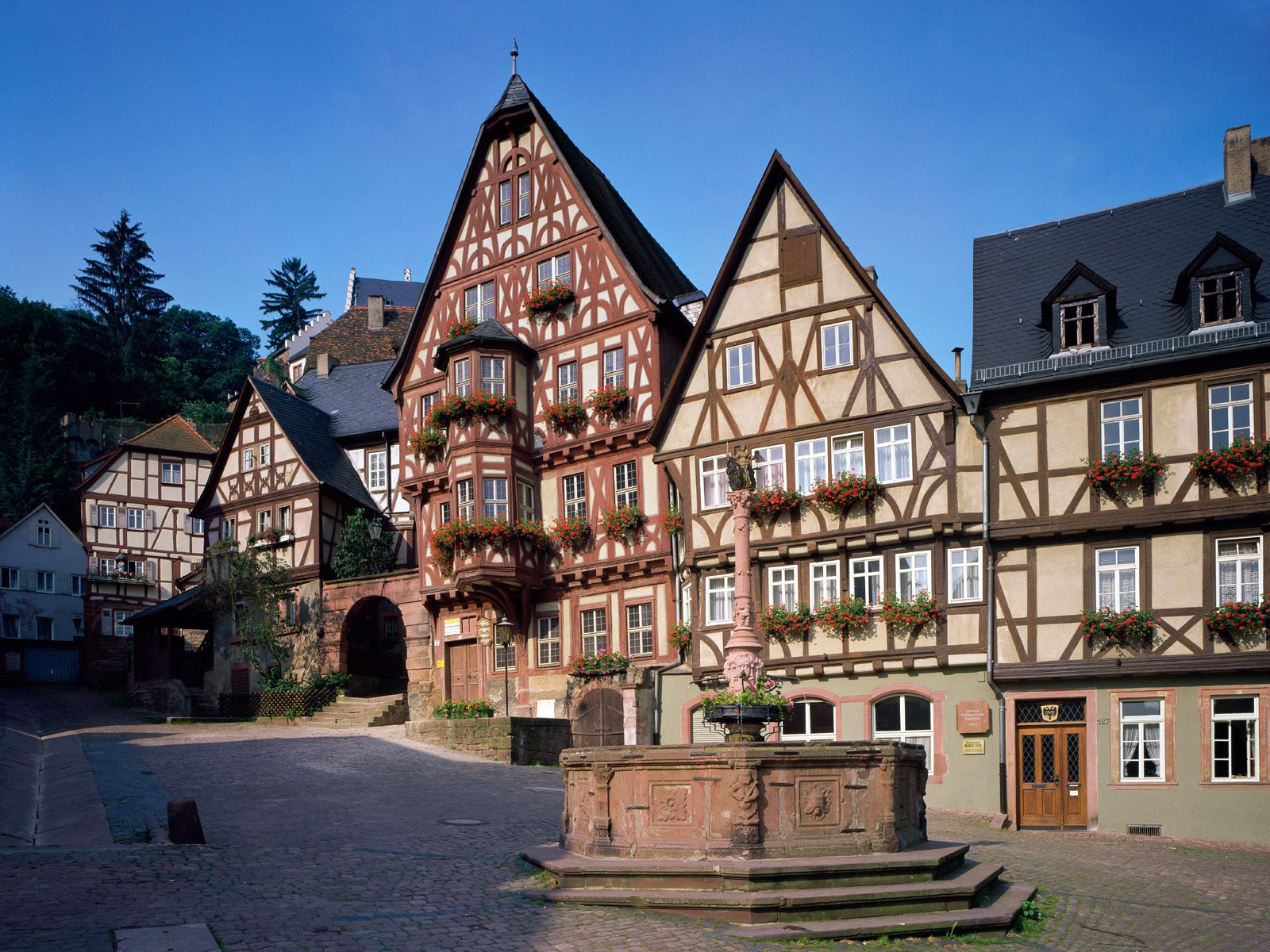Global Travel Information
Mana Pools National Park, Zimbabwe
The Whispering Wilderness: A Journey into Zimbabwe's Mana Pools
Deep in the heart of northern Zimbabwe, where the mighty Zambezi River slows its relentless easterly rush and begins to meander across a vast floodplain, lies a place that feels less like a national park and more like a primordial dream. This is Mana Pools National Park, a UNESCO World Heritage Site and one of Africa’s last truly wild sanctuaries. The name itself, "Mana," means "four" in the local Shona language, a reference to the four large, permanent pools—Main, Chine, Long, and Chisambuk—that remain long after the annual floods recede, sustaining life in this arid landscape. But to reduce Mana Pools to mere geography is to miss its essence entirely. It is an experience, a feeling, a raw and unfiltered conversation with the wild.
The first and most profound quality that strikes any visitor to Mana Pools is the overwhelming sense of space and silence. Unlike many other famed safari destinations, Mana is largely devoid of the constant low hum of vehicle engines. It is one of the few parks in Africa where walking safaris are not just an add-on activity but the very heart of the experience. This freedom to explore on foot, accompanied by highly skilled and knowledgeable guides, transforms a wildlife viewing trip into a profound immersion. You are no longer a passive observer behind glass; you are a participant, your senses heightened to an almost primal state. The crunch of dry soil underfoot, the scent of wild jasmine and dust, the distant call of a fish eagle—these become the soundtrack of your journey.

This unique access allows for intimate encounters that are simply impossible from a vehicle. It is here that one can witness the park’s most famous residents: the "walking trees." In the dry winter months (from May to October), when the interior water sources vanish, the giants of Mana Pools reveal their incredible ingenuity. Massive bull elephants, some with tusks sweeping the ground, stand on their hind legs, their front feet braced against the trunks of ana trees (Faidherbia albida), stretching their trunks to reach the nutrient-rich seed pods high in the canopy. To see such immense power balanced with such delicate precision is a breathtaking spectacle, a testament to the intelligence and adaptability of these magnificent creatures. It is a behavior unique to this specific ecosystem, a generations-old tradition passed down through elephant families.
The ana trees themselves are the architects of this unique landscape. These winter-thorn acacias, which leaf and fruit inversely to the rainy season, form a beautiful, dappled canopy of light green against the stark, bleached background of the dry season. Their pods are a magnet for wildlife, drawing not only elephants but countless buffalo, impala, and baboons to their shade and sustenance. The woodlands, a mix of mahogany, ebony, and baobab, are not dense thickets but open, park-like forests. This allows for breathtaking vistas where one can watch a drama unfold over a kilometer away—a pride of lions stalking a herd of zebra, their shapes shimmering in the heat haze.
The lifeblood of the park is, of course, the Zambezi River and the pools it leaves behind. The river is a serene, blue-grey ribbon, its surface broken by the occasional surfacing hippo or the stealthy glide of a crocodile. The pools act as immense watering holes, becoming stages for the daily theatre of survival. Herds of buffalo, hundreds strong, shuffle down to the water in clouds of dust, their low grumbles filling the air. Sleek waterbuck and skittish impala approach with caution, forever alert to the danger that may lurk in the surrounding scrub. Predators are ever-present. The banks are often graced with the majestic, lazy forms of lions, conserving energy for the night’s hunt. Leopards are notoriously elusive but their tracks tell stories along the sandy paths. The endangered African wild dog, one of the continent’s most efficient hunters, finds a stronghold here, and witnessing a pack on the move is a rare and electrifying privilege.
Yet, Mana Pools is not solely about the megafauna. It is a haven for birdlife, with over 380 species recorded. From the iconic African fish eagle, whose haunting cry is the very voice of Africa, to the vibrant carmine bee-eaters that nest in spectacular colonies in the riverbanks, the air is alive with color and song. The smaller details reward the patient observer: the intricate track of a scorpion in the sand, the iridescent flash of a lilac-breasted roller in flight, the patient gaze of a Nile monitor lizard basking on a sun-warmed log.
A journey to Mana Pools is also a journey back in time, a step into a Africa of a bygone era. The accommodation is largely rustic, consisting of a few small, exclusive camps or remote fly-camps where you sleep under a blanket of stars so intense it feels tangible. The lack of light pollution makes the Milky Way a brilliant, swirling river across the night sky. The simplicity forces a reconnection—with the environment, with your companions, and with yourself. There is no distraction, only the rhythm of the wild: the cool, crisp mornings, the intense heat of the day, and the golden, magical light of the afternoon that paints everything in surreal hues.
However, this paradise faces its challenges. Political and economic instability in Zimbabwe has at times impacted conservation efforts. Poaching, human-wildlife conflict on the park's boundaries, and the ever-present threat of climate change, which could alter the delicate flood cycle of the Zambezi, all loom over this fragile ecosystem. The very rawness that makes it so special also makes it vulnerable.
To visit Mana Pools is to understand what true wilderness means. It is not a curated experience; it is unpredictable, humbling, and utterly authentic. It is a place where the animals dictate the terms, and humans are privileged, temporary guests. It leaves an indelible mark on the soul, a memory of silence broken only by the whisper of the wind through the ana trees and the deep, resonant rumble of a contented elephant. It is, in every sense, a whispering wilderness, and its story is one that must be heard, cherished, and protected for generations to come.
相关文章
- Elbe River Amusement Parks: Rides with River Views
- Elbe River Camping Spots: Pitch a Tent by the Water
- Elbe River Glamping Sites: Luxury Camping Along the Banks
- Elbe River RV Parks: Stay in Your Camper Near the River
- Elbe River B&Bs: Cozy Accommodations with a Personal Touch
- Elbe River Hostels: Budget Stays for Young Travelers
- Elbe River Business Travel Guide: Meetings & Events Near the Water
- Elbe River Conference Venues: Spaces with River Views
- Elbe River Wedding Venues: Tie the Knot by the Water
- Elbe River Funeral Services: Respectful Locations Along the Banks
发表评论
评论列表
- 这篇文章还没有收到评论,赶紧来抢沙发吧~


